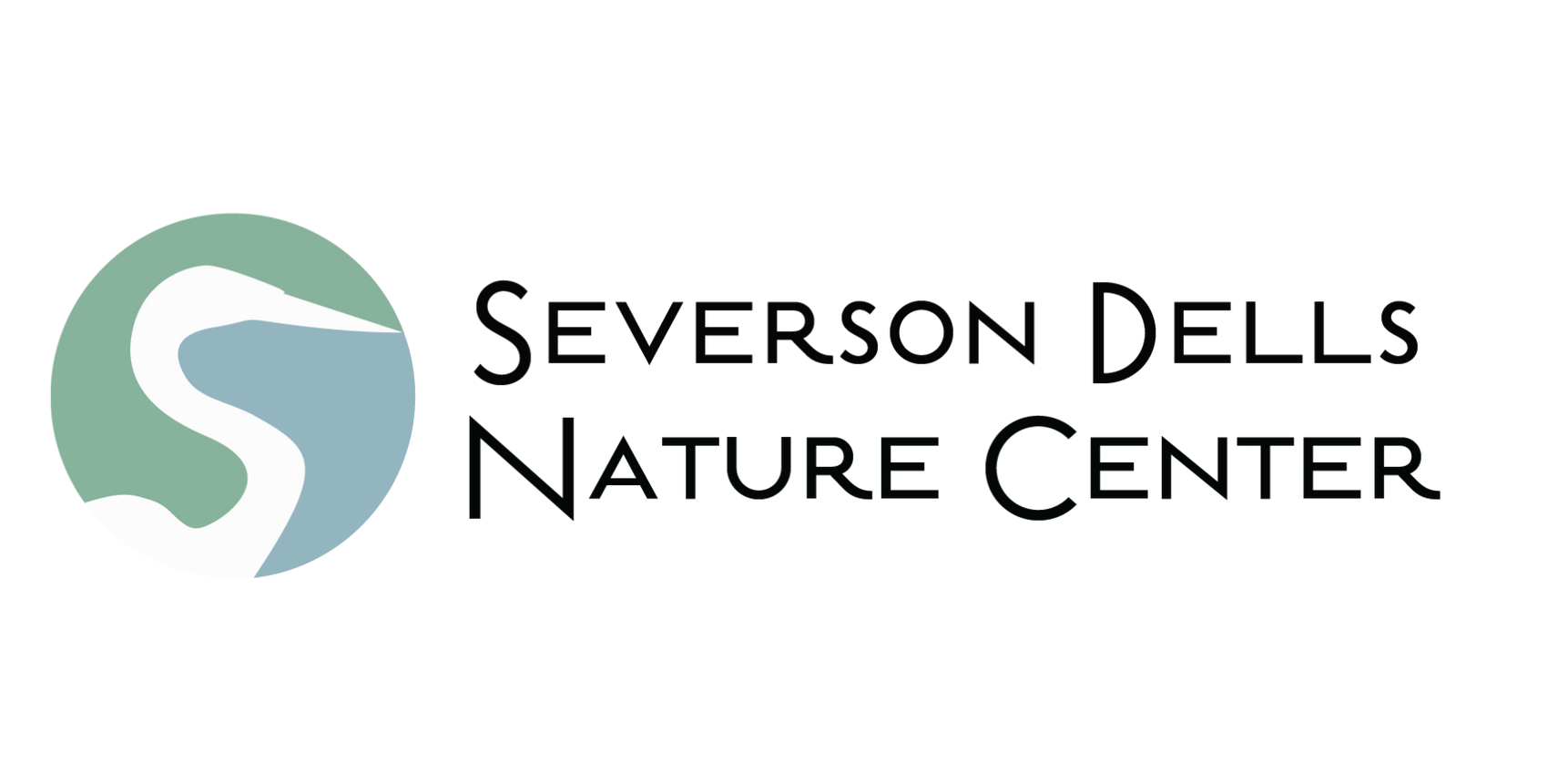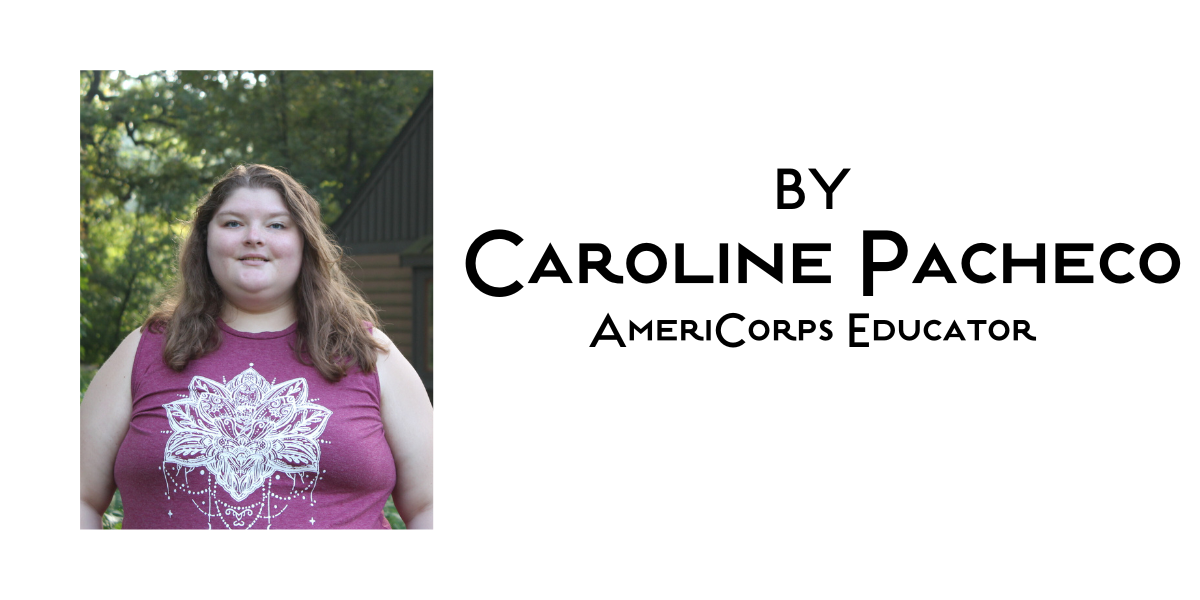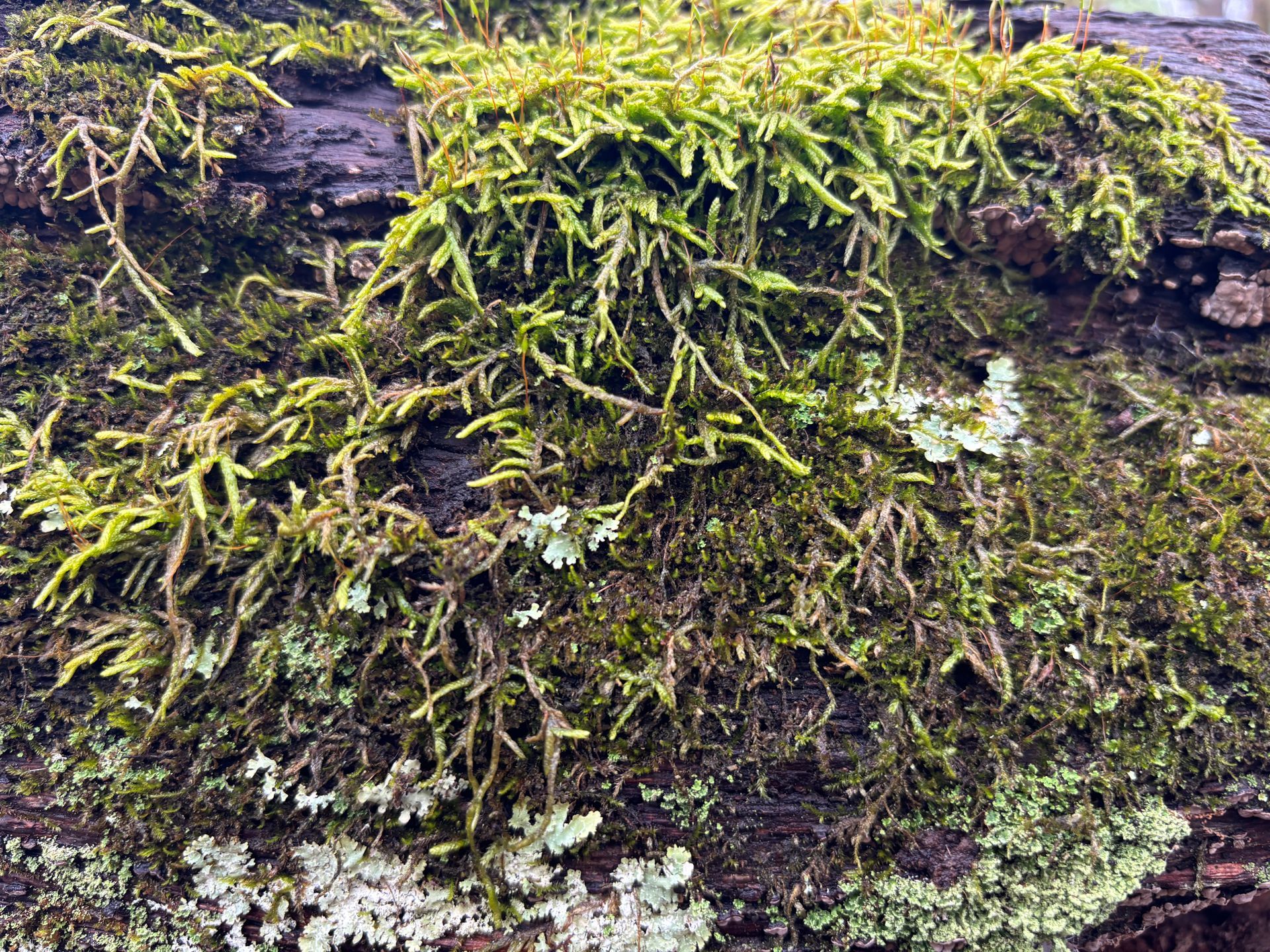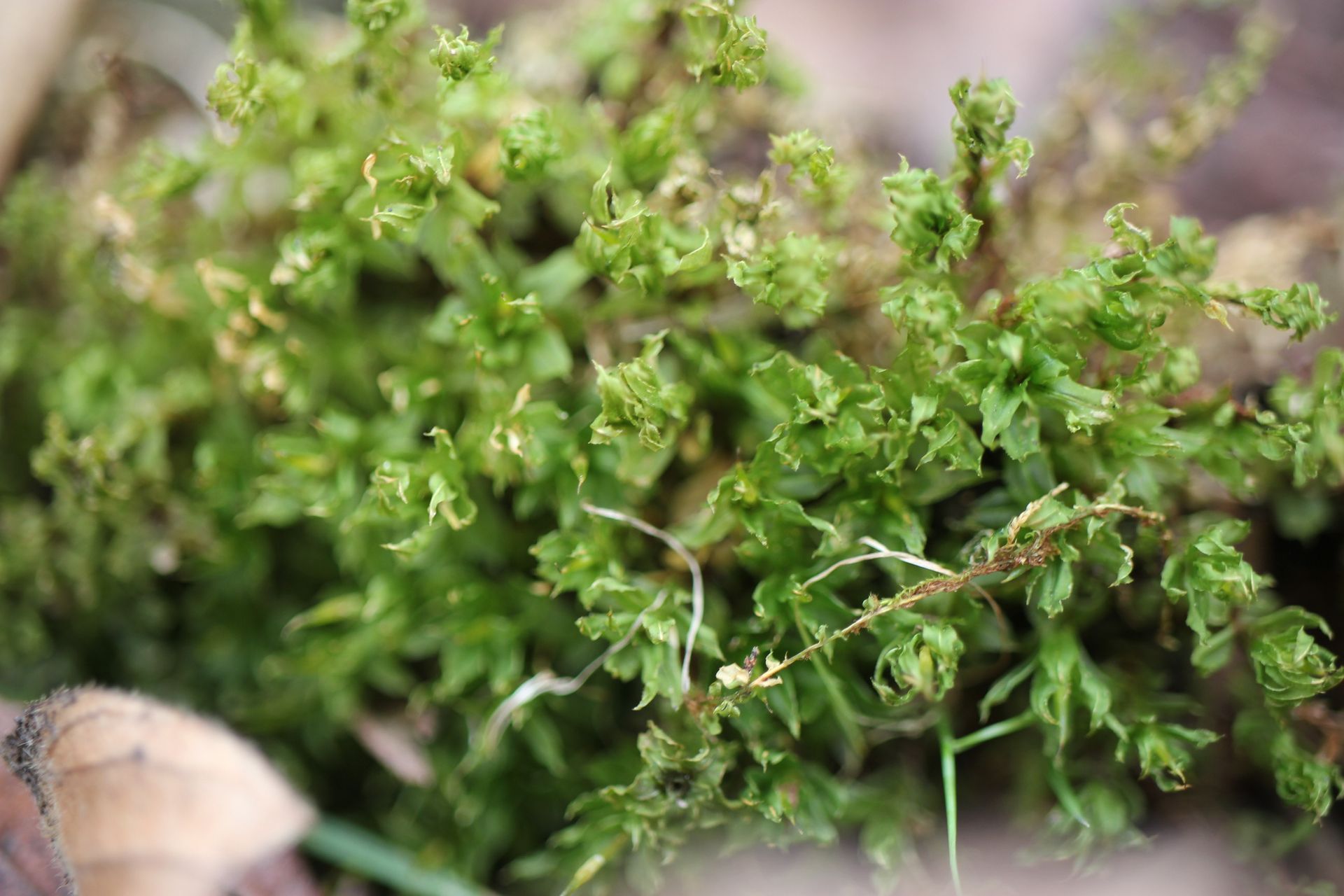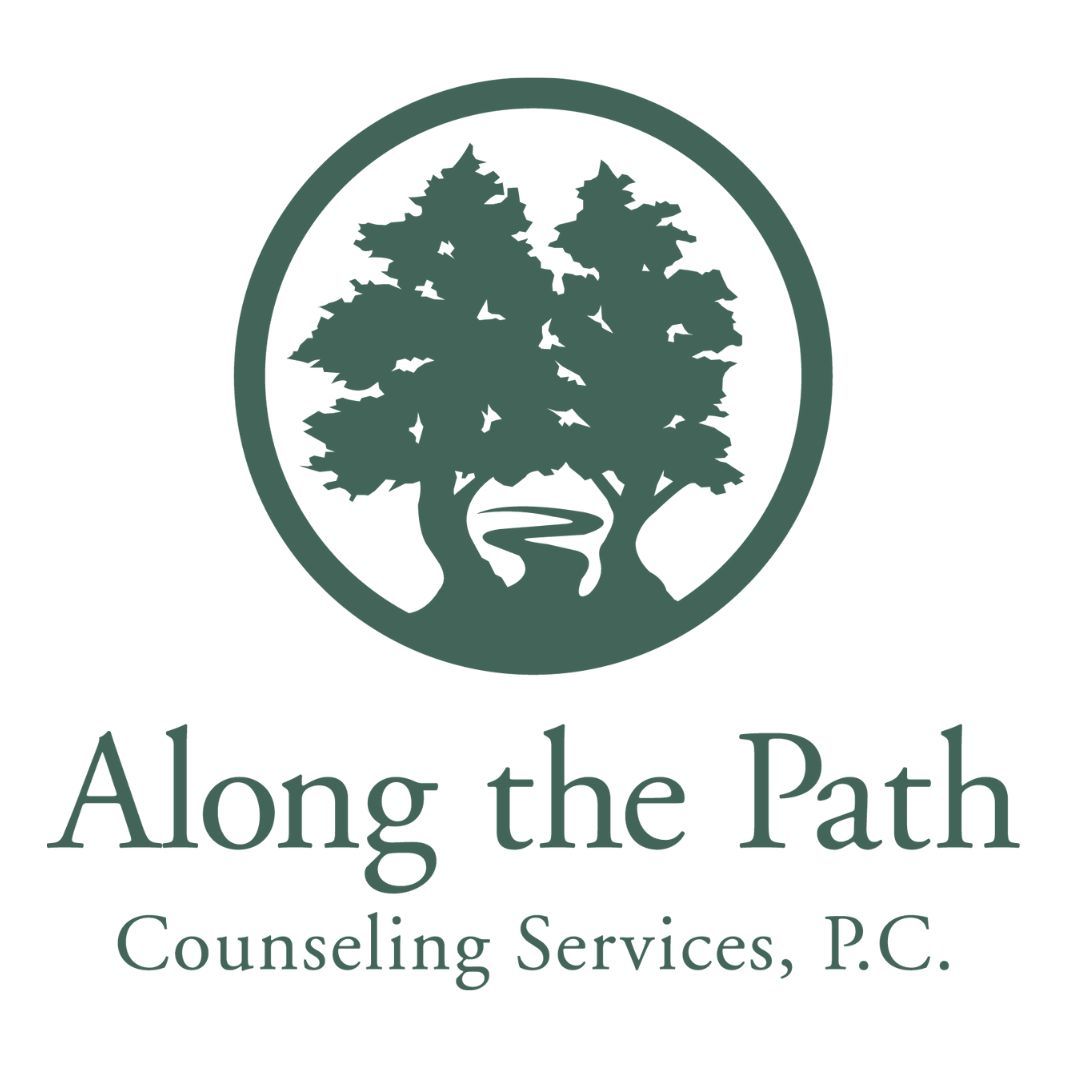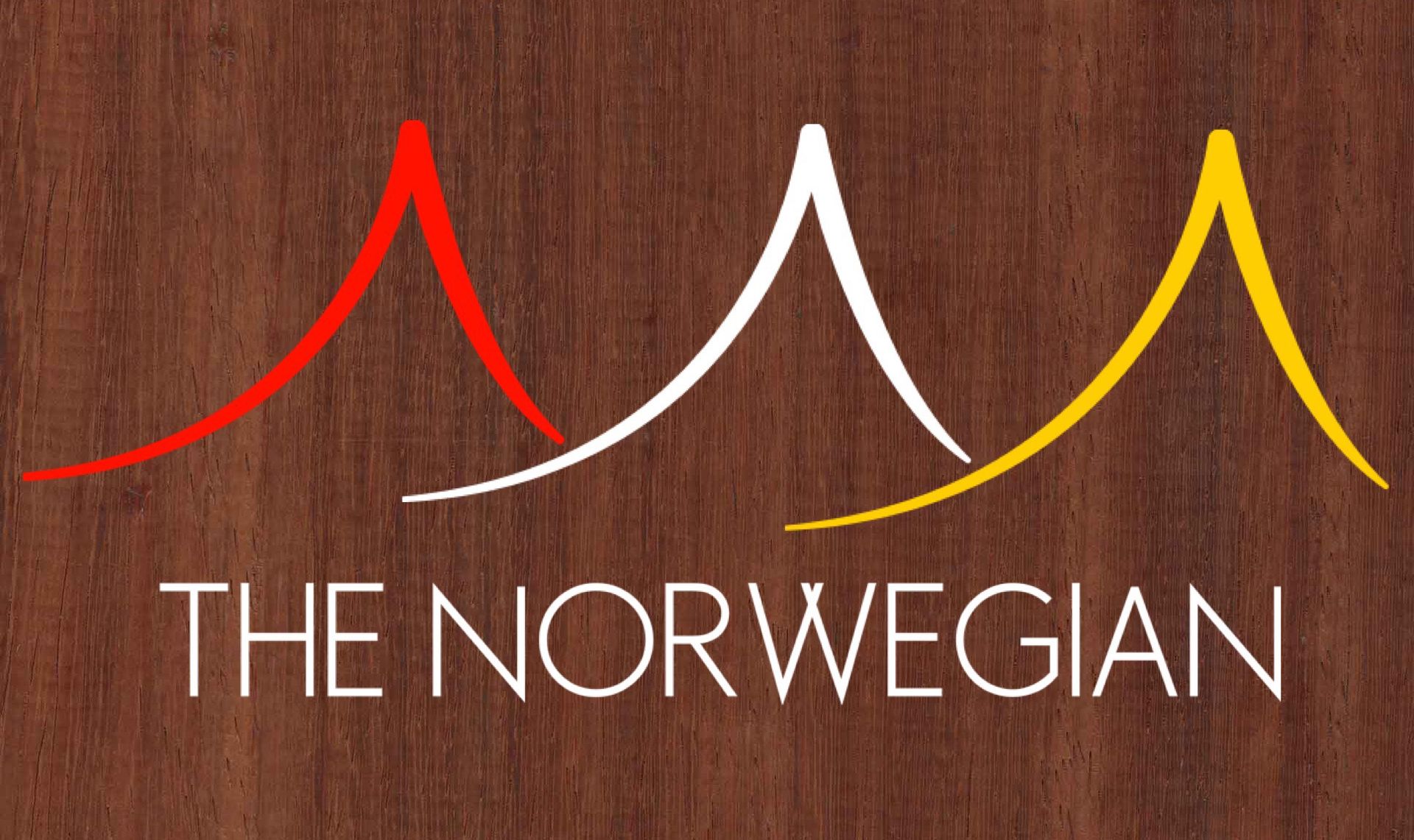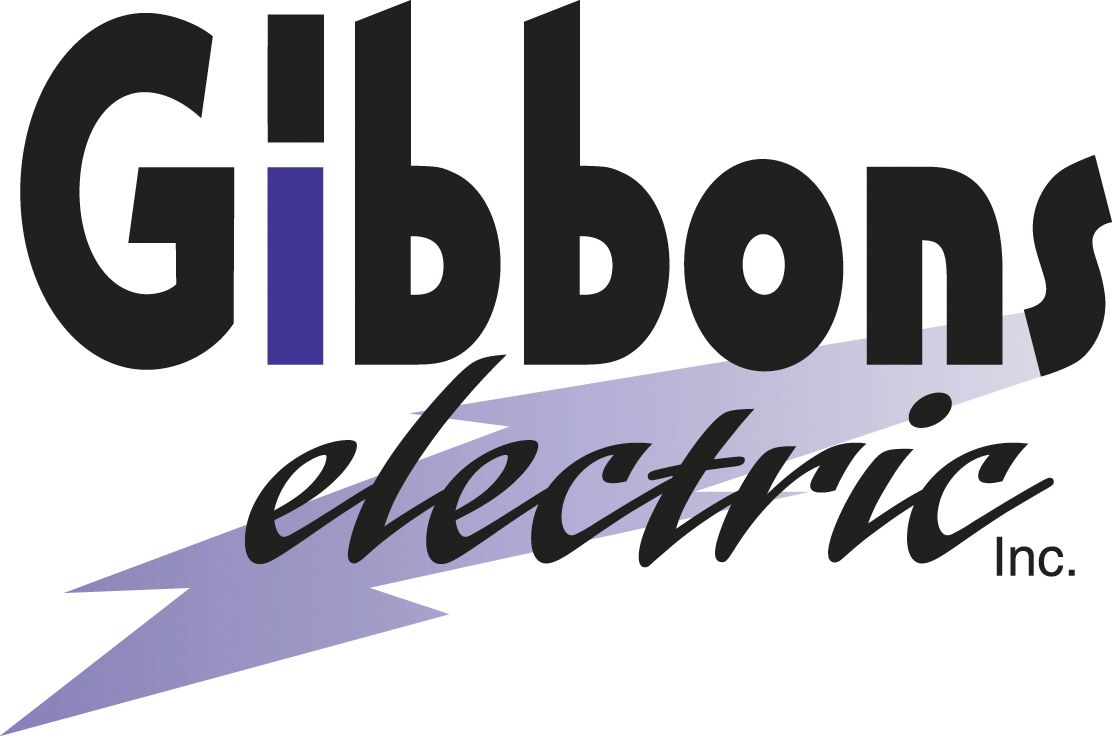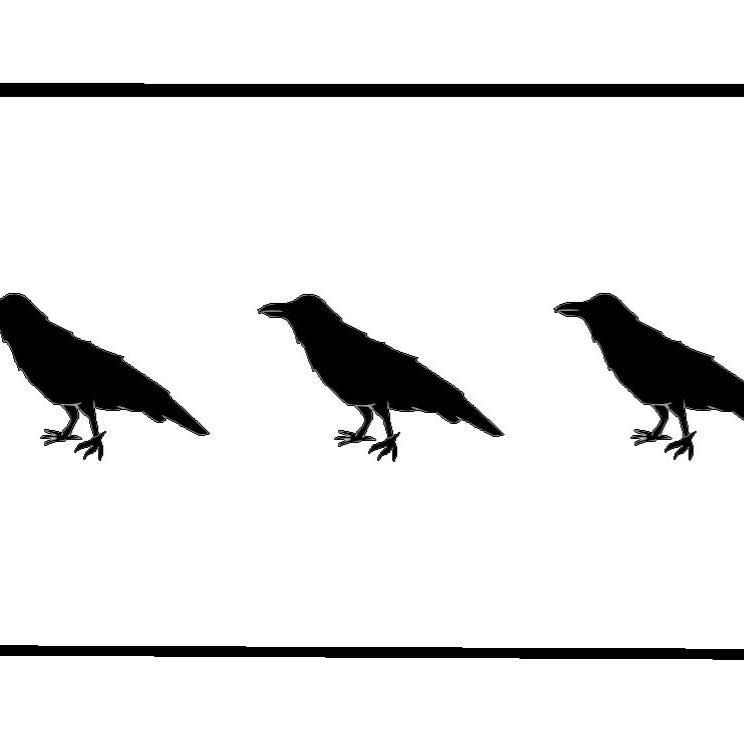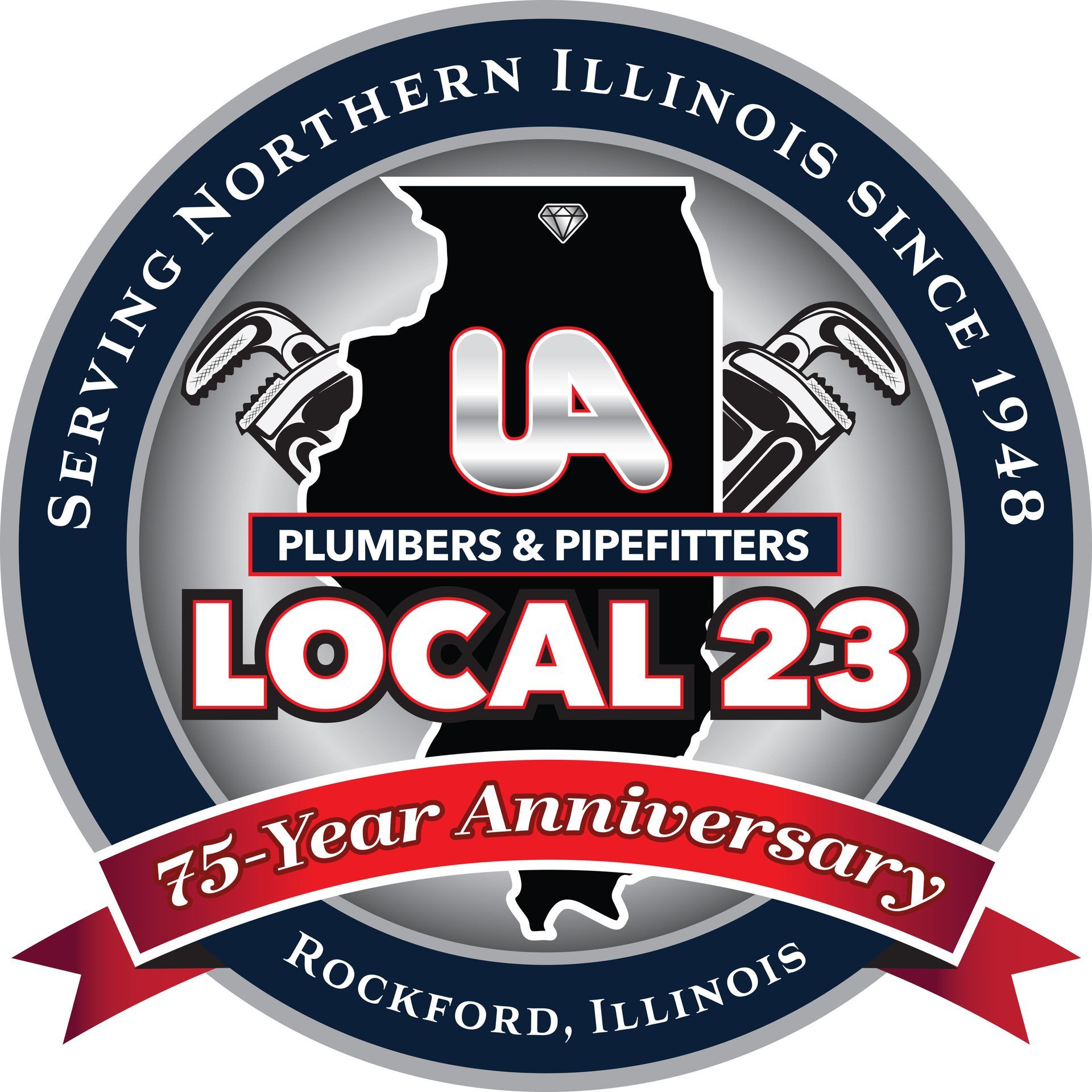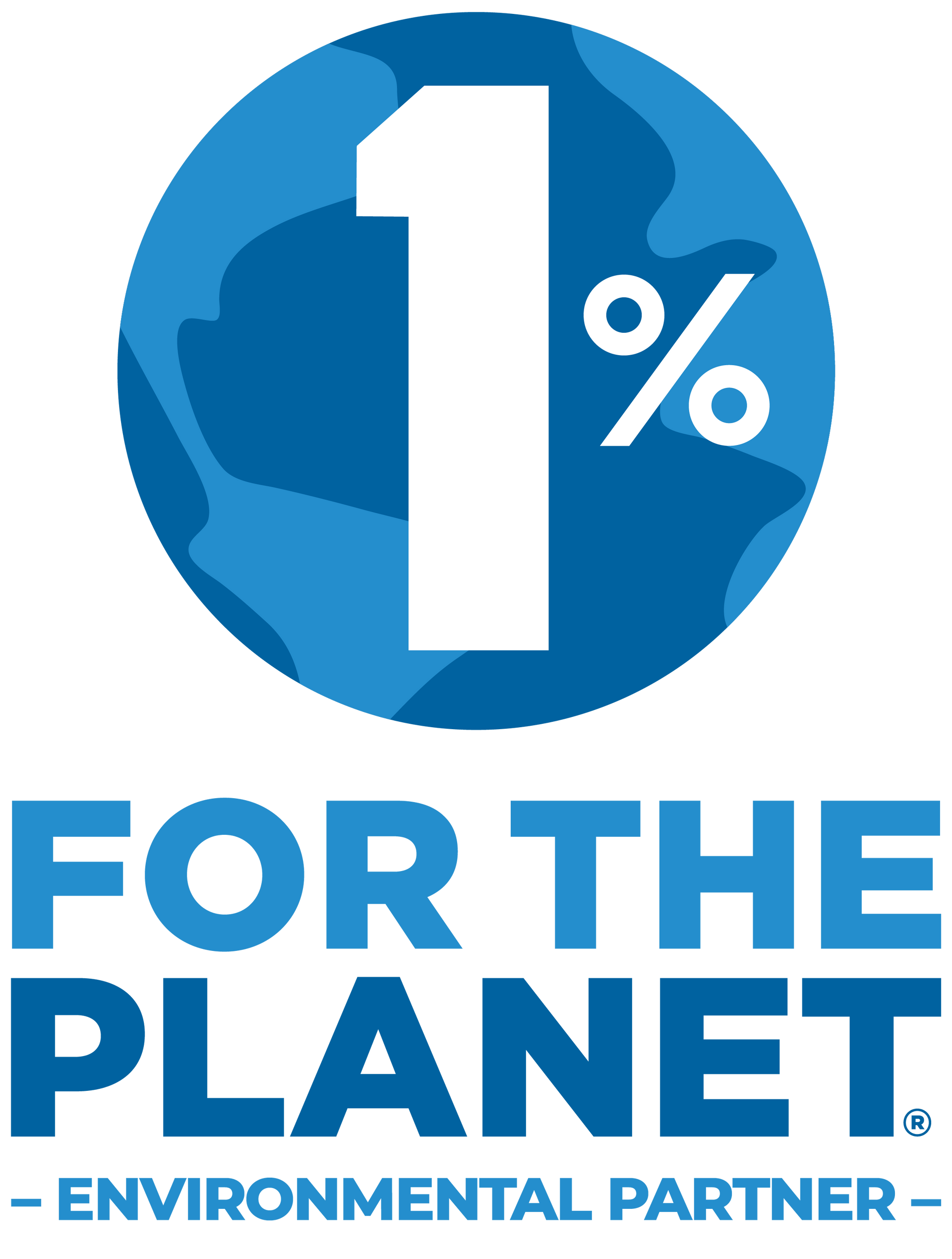FIELD NOTES BLOG
Taking the Scary Out of Sustainability
So you’ve decided to start on a journey to help the planet. You can call it low-waste or sustainable living or what have you, but the end goal is the same - to decrease your impact on the environment. Like any other lofty goal you’re eager about it, you make a new Pinterest board, join a Facebook group, follow some Instagram influencers, and check out a few books from the library. Next thing you know, you’re staring at all this new information, all these people on social media showing off their thrift finds and how they’ve bought all their groceries from a local farmer and you’ve done it; you’re in overload. Just like that gym membership from your New Year's Resolution in January, your goal to save the planet begins to gather dust.
We’ve all been there. Starting any new habit can be hard and something as big as living sustainably can be intimidating as you strive for perfection. In this blog we’re going to take the scary out of sustainability and put you on the path to saving the planet (beginner edition).
The first thing to know is that you are not going to do it perfectly or even do all you want to right away. Low-waste living is both a learned skill and a habit, both which take time and patience to build.
The second thing might be harder to bear… Your Midwestern dad was right. A lot of sustainable living are the small habits such as turning off the lights when no one is in the room, making sure doors and windows are closed tightly if the air is on, throw on a sweater instead of turning up the heat, or turning off the faucet as you brush your teeth. If you already do these things, great, keep up the good work! If not, you can try to be more intentional about these habits. It really does help cut down the burning of fossil fuels and the amount of water used - and it is pretty great for saving money. So thanks, Dad, for apparently caring so much about the environment, but mostly your wallet.
Green living is currently a major trend. Lots of products are advertising about how green they are or that their products are made from recycled materials. This is great; we love to see companies lowering their impact on the environment. But here’s the thing, as great as all the shiny new, green, stuff is, it’s not going to be as good as just using what you already have. If you recall from your school days, you may have learned “reduce, reuse, recycle” and it was drawn in a triangle.
The triangle was a little deceiving because the phrase itself works as a sort of hierarchy, with reducing what you use being the best option. As great as it is to want to replace your current toothbrush with a bamboo one, if you’re just going to throw the current one away, you might as well keep using it until it's reached it's last breath. Keep that mindset with most of your things, if it’s still usable keep using it, because the goal is to reduce the amount of trash you’re producing. After that, invest in the green products as replacements.
Another way to reduce your waste is to enter your "DIY era". So if you’ve noticed a wiggly chair leg or that the knee on your pants is getting worn, don’t get rid of them...instead try to fix them yourself. A lot of things are pretty easy to fix and there are probably YouTube videos to guide you through the process. I will also suggest that all those socks you have that are missing a partner make for great (and sometimes funny) patches for clothes.
So, the key to saving the planet (for beginners) is to do what your dad told you to and turn off the lights and put on a sweater. Appreciate what you already have and use it until you can’t anymore, then fix it, and use it some more. Just like any other habit or skill, sustainable living happens in small steps and remember to be patient with yourself, everyone starts as a beginner.
RECENT ARTICLES

